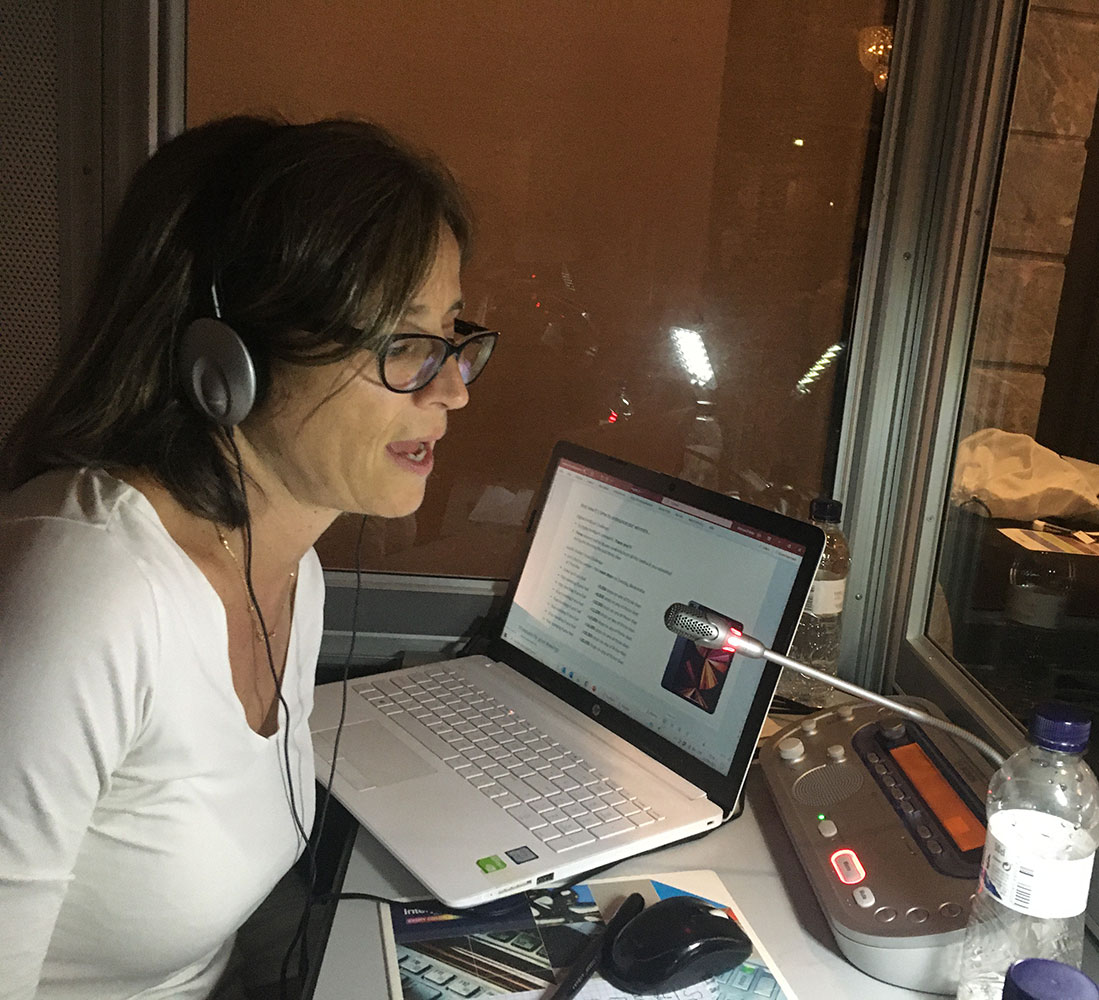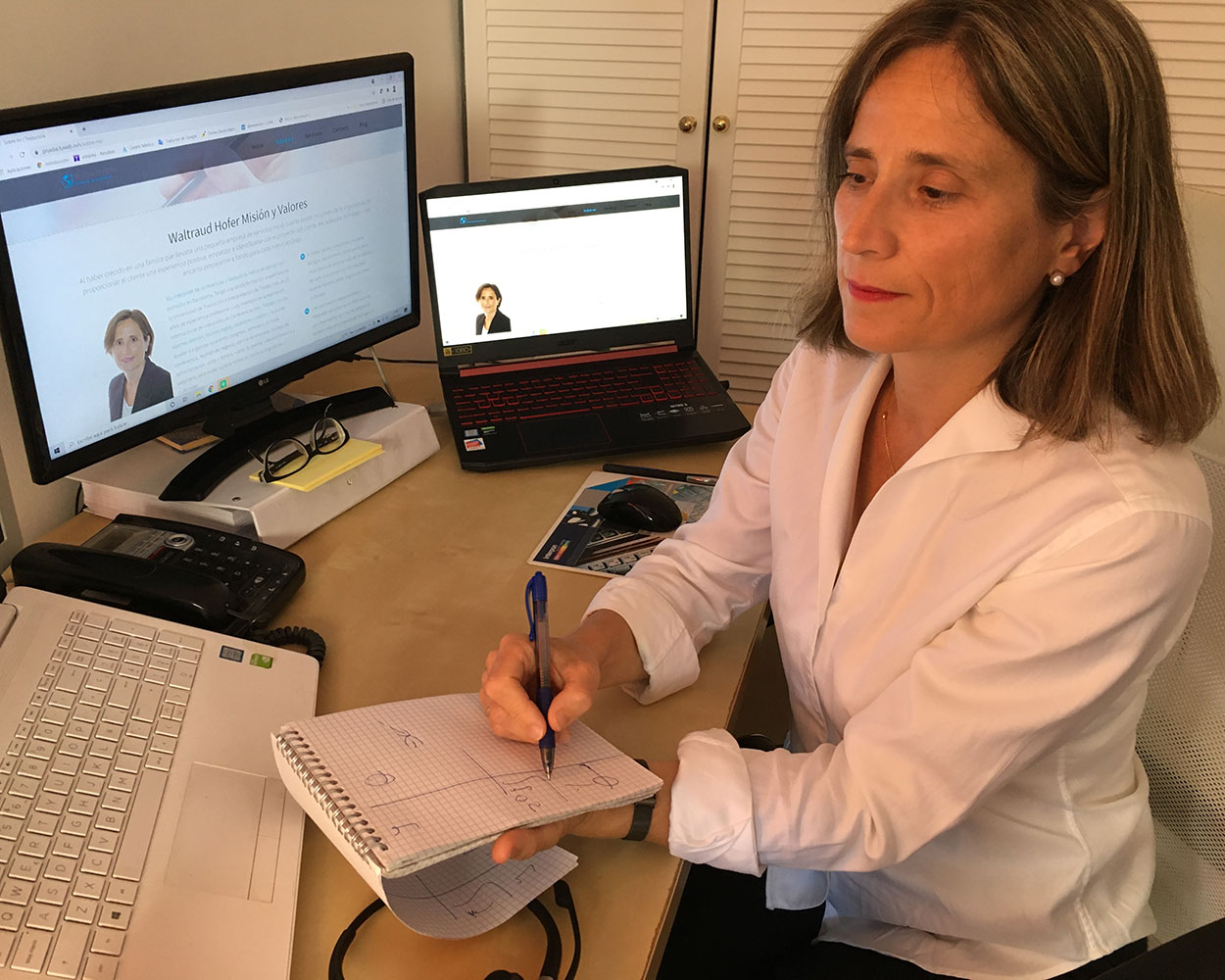Interpreting is an exhausting job in both the mental and physical senses. Interpreters must exercise intense listening skills, interpret words and entire phrases, and then relay them quickly — in a clearly enunciated and comprehensible manner — to listeners. Simultaneous interpreting requires a high degree of concentration. Research has shown that after 30 minutes the accuracy of simultaneous interpreters decreases. The human mind cannot hold the needed level of focused concentration much longer than that.
Looking for translators or interpreters?

Consecutive interpreting
CONSECUTIVE INTERPRETING
In consecutive interpreting (CI), the interpreter starts to interpret after the speaker pauses. The interpreter relies on memory and note-taking.

Simultaneous interpreting
SIMULTANEOUS INTERPRETING
Simultaneous interpreters sit in a soundproof booth, receive input from the speaker through earphones and translate the spoken words into the language of the listeners.

Liaison interpreting
FOR BILATERAL MEETINGS
Liaison interpreting is typically used during visits of delegations or at small business meetings.

Whispered interpreting
WHISPERED INTERPRETING DOES NOT REQUIRE E ANY TECHNICAL EQUIPMENT
The interpreter is located next to the participants and whispers into the ear of one or maximum two people who require interpreting services. No equipment is needed for this form of simultaneous interpretation.

Remote Simultaneous Interpreting / RSI
REMOTE SIMULTANOEUS INTERPRETING
Remote simultaneous interpreting is a cloud-based technology that enables interpreters to work from a hub.

Translations
WRITTEN TRANSLATIONS
Descriptions of pharmaceutical products and medical devices, technical and commercial documents, pathology reports, legal texts, contracts, web pages and balance sheets.
Q: Why do interpreters work in teams of two and take turns every 20 – 30 minutes?
Q: What are the differences between simultaneous interpreting and consecutive interpreting?
- Simultaneous interpreting happens in real time. The interpreter speaks at the same time as the speaker.
- Simultaneous interpreters work in a soundproof booth, and they work always in pairs.
- Simultaneous interpreting is suitable for international conferences, business or board meeting, lectures and presentations.
- In consecutive interpreting, the interpreter translates the speech after the original speaker has paused or finished speaking.
- Consecutive interpreting takes much more time because the speaker pauses.
- It requires an excellent memory performance and a special note-taking technique.
- Consecutive interpreting is a popular option for one-on-one conversations, bilateral business negotiations, press conferences, ceremonies.
 Simultaneous translation in action
Simultaneous translation in action
 Consecutive translation
Consecutive translation

